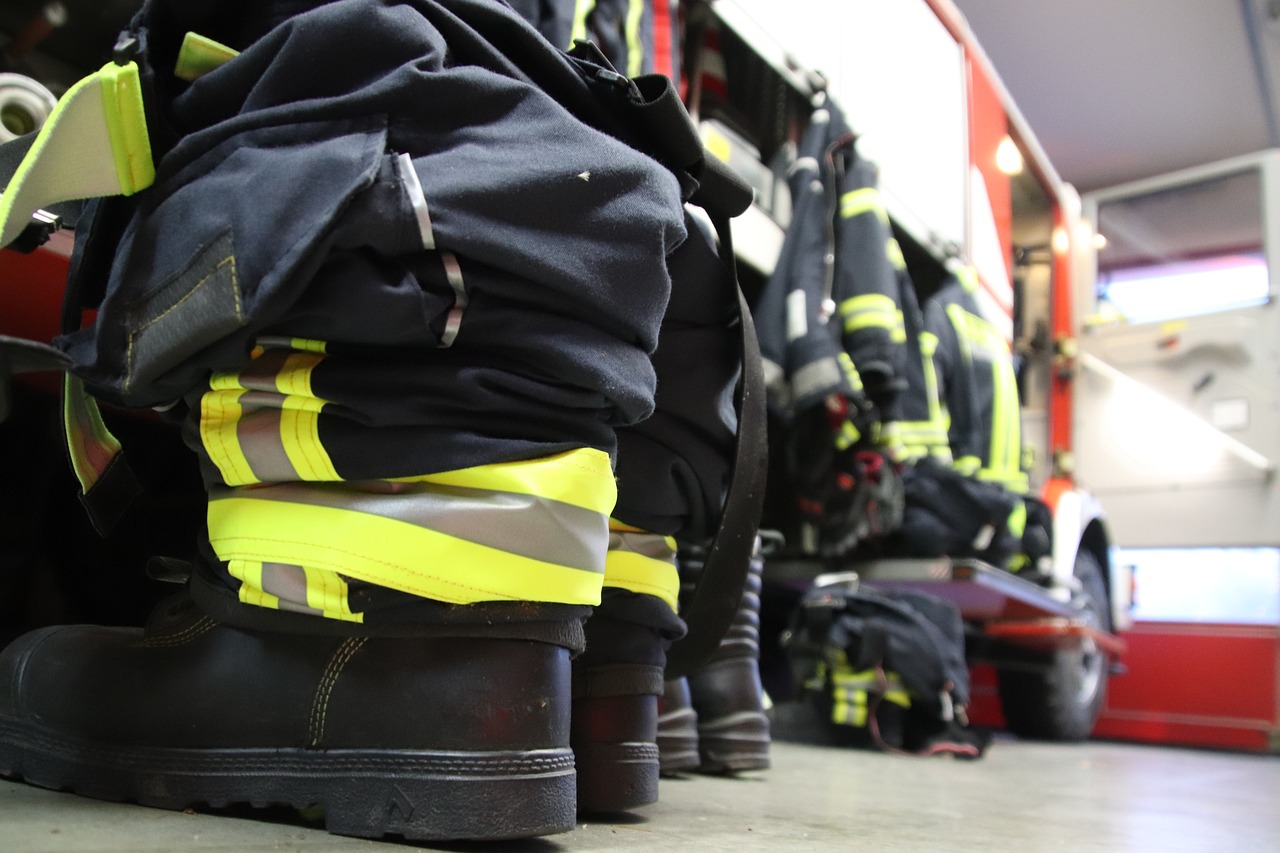Many pieces of equipment are necessary for firefighters to perform their duties effectively and safely, and protective gloves are among the most crucial. Whether battling blazing infernos, rescuing trapped individuals, or handling hazardous materials, firefighters rely on their gloves to shield their hands from extreme heat, sharp objects, and toxic substances. These specialized gloves are designed to withstand high temperatures, provide dexterity for intricate tasks, and offer protection against a variety of dangers encountered on the job. In the relentless pursuit of saving lives and protecting communities, the importance of protective gloves for firefighters cannot be overstated.
Understanding Firefighter Protective Gloves
Materials and Fabrication
With advancements in technology, firefighter gloves are now made with high-quality materials such as Kevlar, Nomex, and leather. These materials are chosen for their exceptional heat resistance, durability, and flexibility. The fabrication of these gloves involves intricate stitching and layering techniques to ensure maximum protection while allowing for dexterity and grip.
Standards and Certifications
With safety being paramount in firefighting operations, firefighter gloves must meet stringent standards and certifications to ensure efficacy in protecting against flames, heat, and chemicals. Standards such as NFPA 1971 outline the requirements for glove performance, including flame resistance, thermal protection, and puncture resistance. Certifications from reputable testing agencies validate that the gloves have met these rigorous standards.
The choice of firefighter gloves that meet industry standards and certifications is crucial in safeguarding firefighters from the hazards they face on duty. These certifications provide assurance that the gloves have been tested under controlled conditions and have proven their effectiveness in real-life firefighting scenarios.
Protective Features of Firefighter Gloves
Heat Resistance and Thermal Insulation
Protective gloves for firefighters are designed with heat resistance and thermal insulation features to withstand high temperatures and protect the hands from burns. These gloves are made with specialized materials such as Kevlar and Nomex that offer excellent heat resistance, allowing firefighters to handle hot objects and work in intense heat without risking injury.
Dexterity and Grip Control
Features such as ergonomically designed fingers and palm materials ensure that firefighters have optimal dexterity and grip control while wearing protective gloves. This is critical for performing delicate tasks during firefighting operations, such as operating equipment, handling tools, and rescuing individuals in distress. The gloves offer a balance between protection and flexibility, allowing firefighters to work efficiently and safely in challenging environments.
Maintenance and Care of Protective Gloves
Cleaning Procedures
Procedures for cleaning protective gloves are crucial in maintaining their effectiveness and longevity. It is recommended to follow the manufacturer’s guidelines for cleaning, as different materials may require specific care. Typically, gloves should be gently washed with mild soap and water, avoiding harsh chemicals that could compromise the integrity of the material. After cleaning, ensure they are thoroughly dried before use to prevent moisture from causing discomfort or mold growth.
Inspection and Replacement Guidelines
Replacement of protective gloves is a critical aspect of firefighter safety. Gloves should be regularly inspected for any signs of wear and tear, such as holes, tears, or loss of heat-resistant properties. It is important to follow a strict replacement schedule recommended by the manufacturer or department guidelines to ensure that firefighters are adequately protected during emergencies. Inspections should be thorough and consistent to catch any potential issues early on.
To further enhance the lifespan of protective gloves, it is advisable to rotate between multiple pairs during training exercises and emergency responses. This practice allows for extended durability and reduces the risk of overuse, ultimately leading to more reliable protective gear for firefighters.
Emerging Technologies in Firefighter Gloves
Innovations in Design
An necessary aspect of firefighter gloves is the continuous innovation in design to enhance protection and functionality. Manufacturers are integrating advanced materials such as aramid fibers, carbon fibers, and specialized coatings to improve heat resistance, cut and puncture protection, and grip. Ergonomic designs with pre-curved fingers and flexible knuckle guards enable better dexterity and comfort, allowing firefighters to perform critical tasks with precision and agility.
Integration with Other Protective Equipment
Equipment integration is pivotal in ensuring comprehensive protection for firefighters during emergency response situations. Modern firefighter gloves are designed to seamlessly interface with other protective gear such as turnout coats, helmets, and breathing apparatus. This integration guarantees a secure fit, seals out potential hazards like water, chemicals, or debris, and minimizes gaps that could compromise the overall safety of the firefighter.
Protective equipment that functions as a cohesive unit not only enhances the overall effectiveness of firefighters in the line of duty but also provides peace of mind knowing that every piece of gear works together to safeguard against various hazards.
Final Words
Now, it is clear that protective gloves are a vital piece of equipment for firefighters facing hazardous and high-heat environments. These gloves not only provide protection from burns and injuries but also ensure that firefighters can perform their duties effectively and safely. By investing in high-quality, properly fitting gloves, firefighting organizations can help minimize risks and enhance the overall safety and well-being of their personnel. It is crucial that firefighters have access to the best protective gear available, and gloves are a fundamental component in ensuring their protection on the front lines of emergency response. Safety should always be the top priority when it comes to firefighting operations, and protective gloves play a crucial role in upholding this standard.



